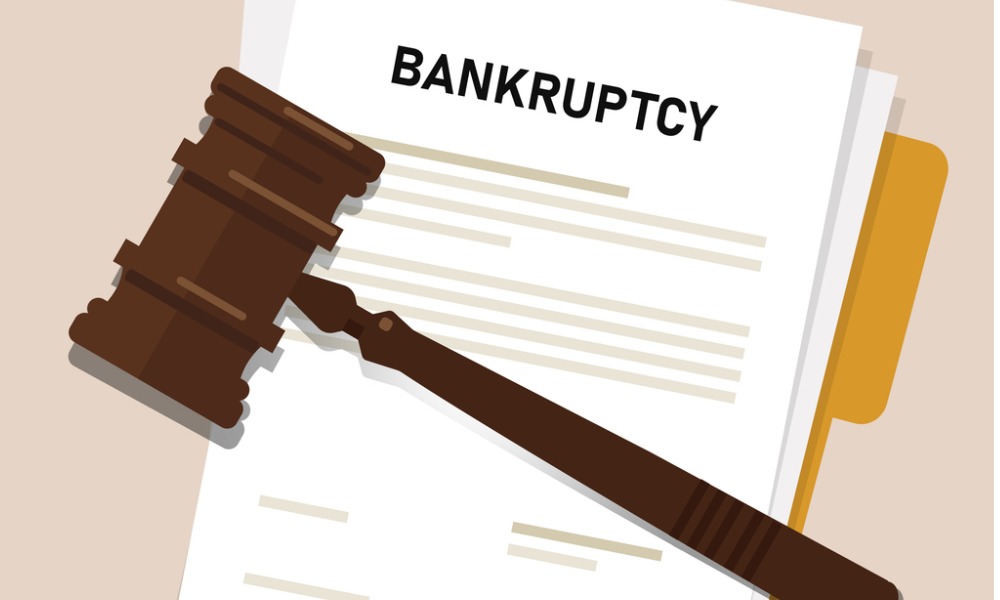Rising defaults lead to more distressed sales, but buyers struggle to find deals

The number of distressed commercial properties for sale in Canada is increasing, but a big gap between buyer and seller price expectations is hindering transactions, according to real estate experts.
Distressed real estate sales are on the rise in Canada as more commercial properties hit the market, driven by developers filing for bankruptcy protection and lenders forcing projects into receivership.
However, potential buyers looking for a bargain often find that sellers are not willing to accept significantly reduced prices, leading to a disconnect between buyer expectations and seller demands.
Data from Colliers International Group Inc. showed that distressed commercial property sales in Canada reached $803 million in the first half of 2023, more than double the amount from the same period last year.
"It really started to pick up at the end of last year and really kind of took off in the first quarter of this year," Jeremiah Shamess, who leads Colliers' private capital investment group, told The Globe and Mail.
Despite the increase in sales, industry professionals reported a disconnect between what buyers are willing to pay and what sellers expect to receive.
"[Buyers] smell blood in the water and want the best deal possible,” said Jeffrey Berger, managing director of insolvency firm TDB Restructuring. “Sellers are still clinging on to these appraisals from five years ago with unrealistic valuations of their property."
TDB is currently handling 20 to 25 real estate receiverships and has about 20 properties up for sale.
The rise in distressed property sales is attributed to several factors, including higher borrowing costs and missed loan payments by real estate companies. This has led to an increase in receiverships. In the first six months of 2023, there were 137 construction and real estate receiverships in Canada, averaging 23 per month.
At this rate, the country could see 274 receiverships in real estate, rental, leasing, and construction by the end of the year, significantly higher than the 143 recorded in 2022.
Lenders and receivers are increasingly reaching out to real estate experts like Mike Czestochowski, a vice-chairman at CBRE Group, for guidance on how to manage and sell these troubled assets.
“It’s going to keep us busy for some time,” Czestochowski said. “We’re going to see an increase. When is it going to bottom out? I wish I knew.”
Read next: Investors bet big on commercial real estate comeback
Major developers like Minto Group have been receiving more pitches for power-of-sale assets and court-ordered sales. These include high-rise development concepts in Brampton, unfinished luxury condo towers in Toronto, and residential development sites in Vancouver and beyond.
However, Dan Dixon, Minto's senior vice-president of corporate affairs, said they have passed on all of them.
“It would have to be an extraordinary opportunity. And by that I mean extraordinarily cheap,” Dixon explained.
The company prefers properties that align with its existing portfolio and has approvals in place, avoiding partially developed sites that come with risks related to someone else’s design and pricing decisions.
Brokers are finding it increasingly challenging to match troubled properties with willing buyers. For example, Colliers marketed one distressed project in Toronto to over 6,000 potential buyers, yet only one formal offer was submitted, and the price was significantly lower than the creditor's expectations.
As defaults are expected to rise and more distressed properties hit the market, the tug-of-war between buyers seeking deals and sellers holding out for better prices is likely to continue.
“A lot of these lenders are unwilling to take major losses,” Shamess said. “There are no lenders who are saying, ‘We just need to get rid of it no matter what.’”
Make sure to get all the latest news to your inbox on Canada’s mortgage and housing markets by signing up for our free daily newsletter here.



